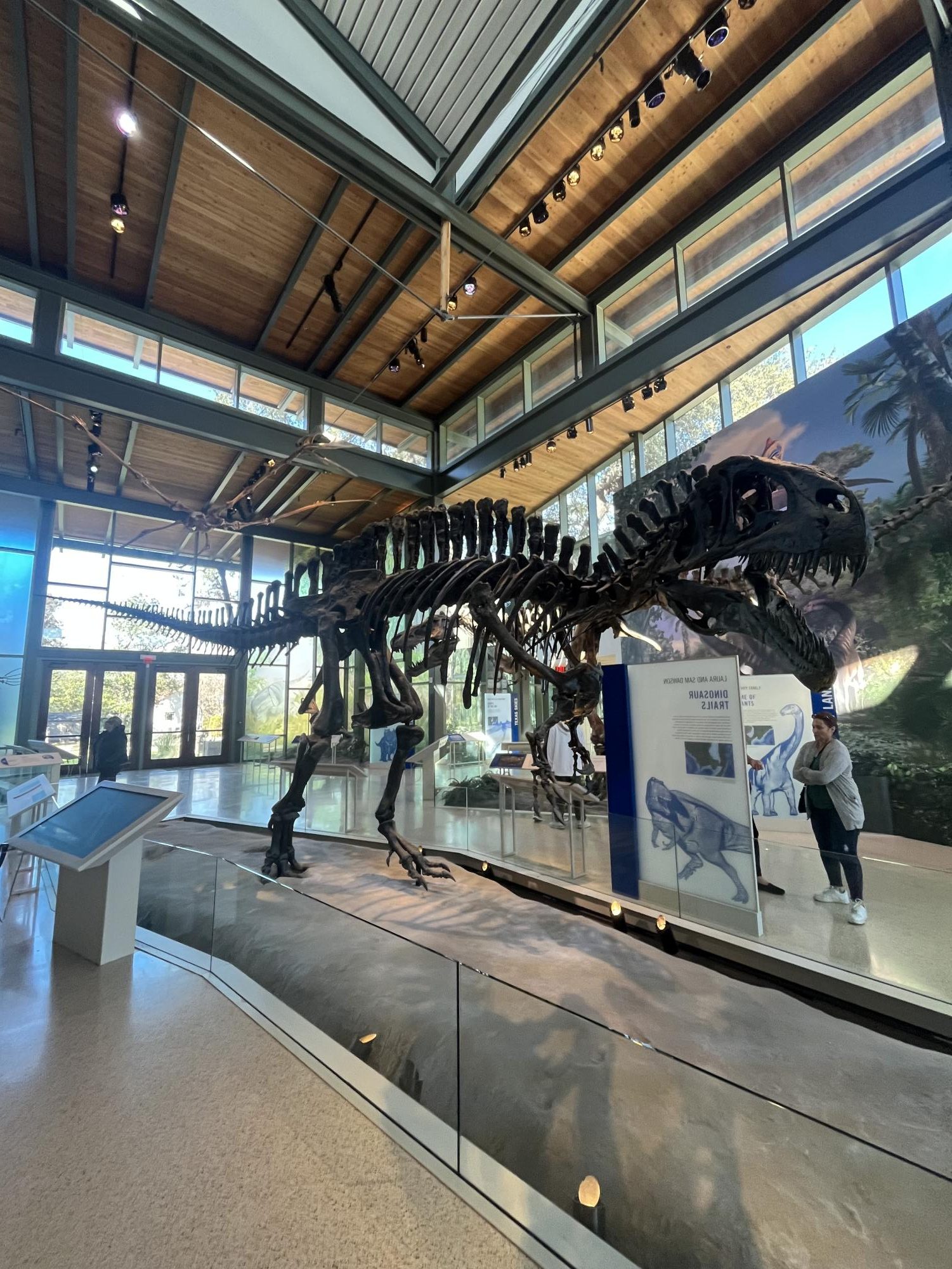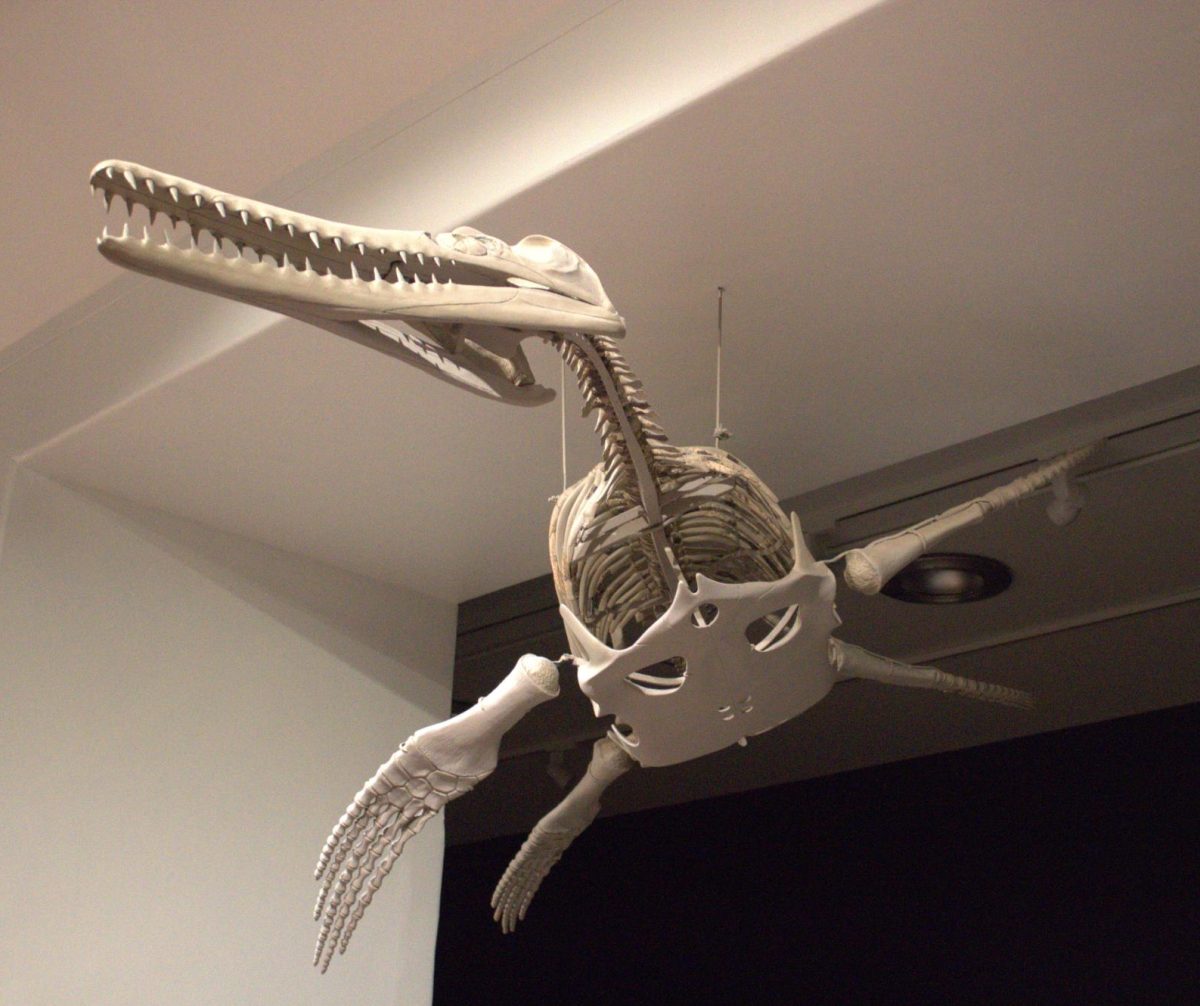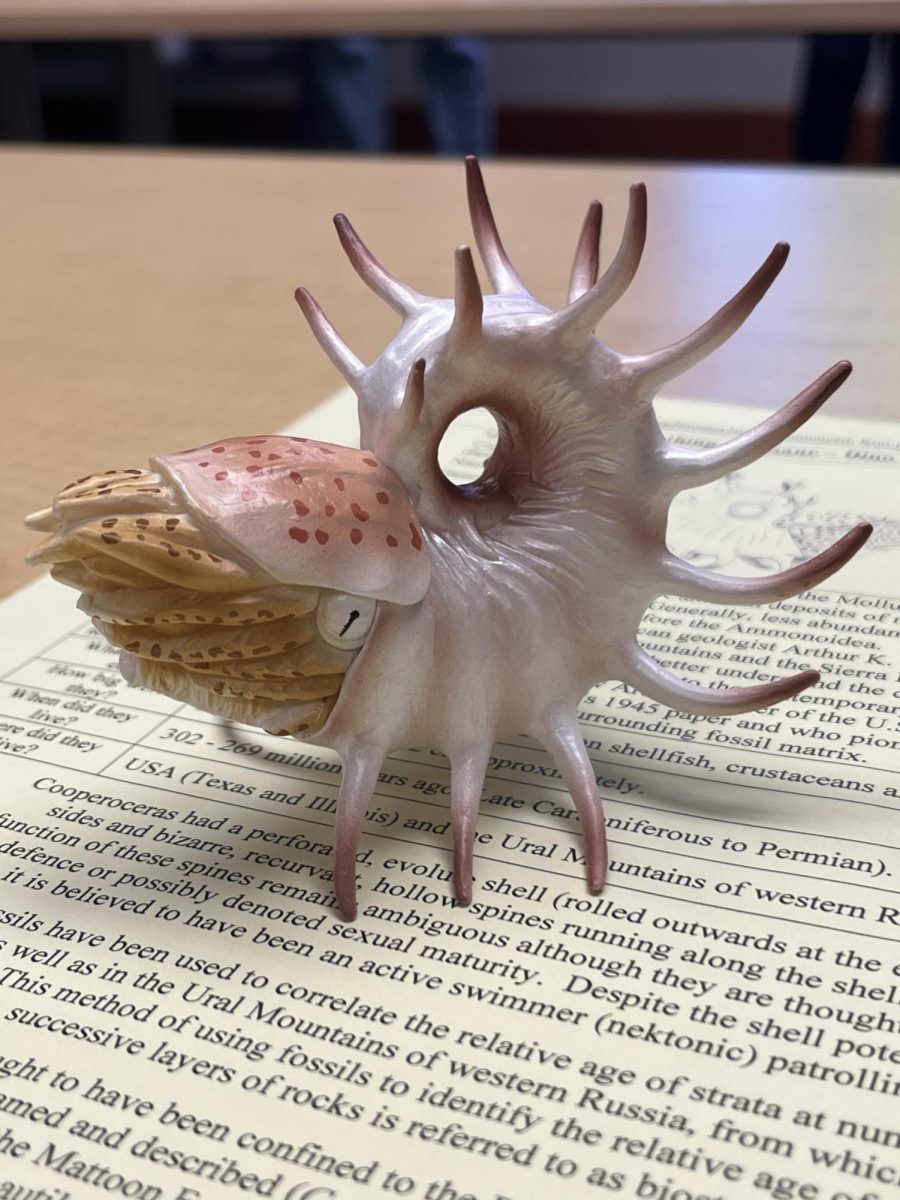
Ancient Texan’s goal is to document extinct species that roamed Texas at one point and give a digestible synopsis for the reader’s enjoyment.
Acrocanthosaurus (meaning “high-spined lizard”) and atokensis (after Atoka County in Oklahoma), is a large carnivorous dinosaur hailing from North America during the early Cretaceous period in the Aptian to Albian stages over a 113 to 110-million-year time span.
First found in Oklahoma during the 1940s, this single species genus was part of the carcharodontosaurid group, a family of theropods that come in all shapes and sizes and had a diverse range with species from North America, Asia, South America, Africa and Europe.
Acrocanthosaurus was one of the largest land carnivores in America, an estimated 36-to-38 feet in length and weighing between 4.4 to 6.6 metric tons, second only to the late Cretaceous Tyrannosaurus rex.
During the early Cretaceous, however, nothing rivaled Acrocanthosaurus. It wasn’t named “high-spined lizard” for nothing. Its most defining feature was its tall neural spine, which was completely unique to the species in the family.
Like the rest of the carcharodontosaurids, Acrocanthosaurus specialized in tearing flesh and caused major bleeding with its serrated teeth. Along with that they also had large arms and claws letting them get a tight grip on prey, and the way their arms were built allowed for retracting so when pulling back they would easily tear through flesh.
Found in Oklahoma, Wyoming, and Maryland, they are also known to hail from Texas and were primarily found in the Twin Mountains Formation within northern Texas. A few isolated remains were found in Glen Rose along with supposed Acrocanthosaur footprints.
We even have our very own tracks right here in Austin! If you take a trek into the San Gabriel River going down steep rocks and passing through water and plants, you’ll find a set of 12 footprints. You will walk the same path the Titans took all those many years ago, shaking the Earth in their wake.










